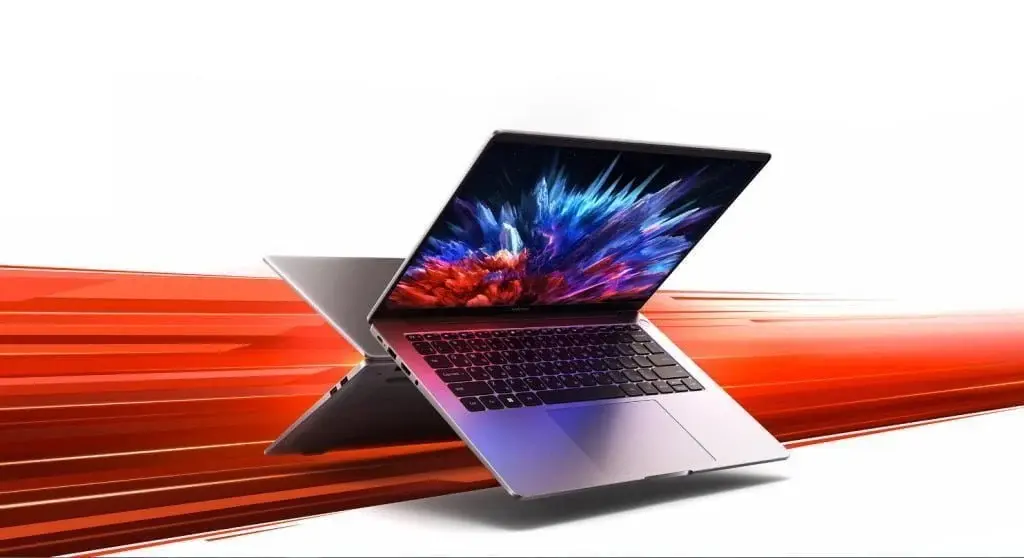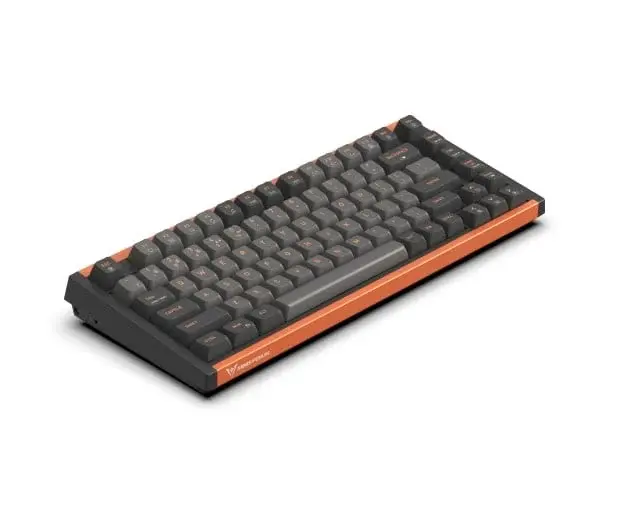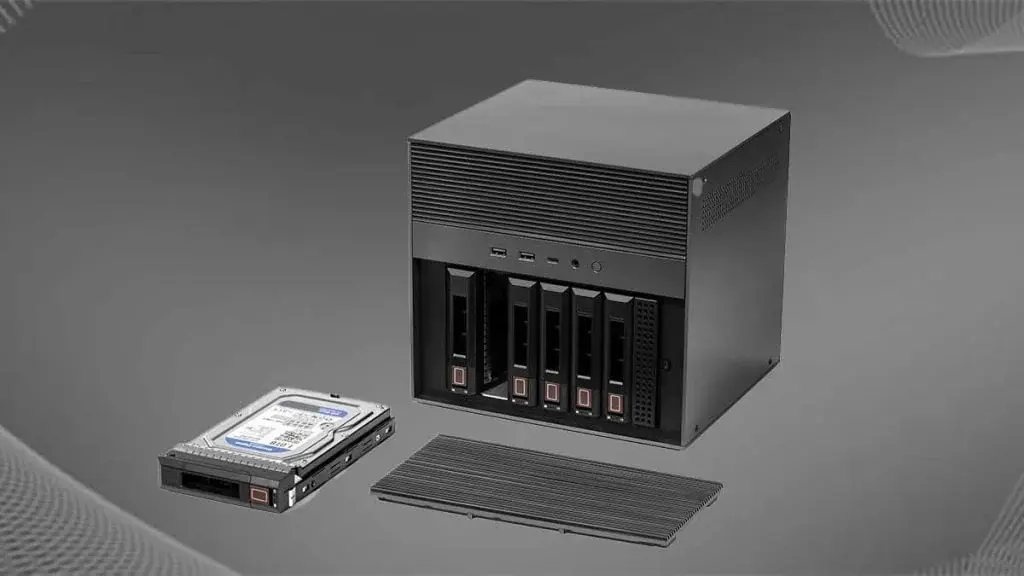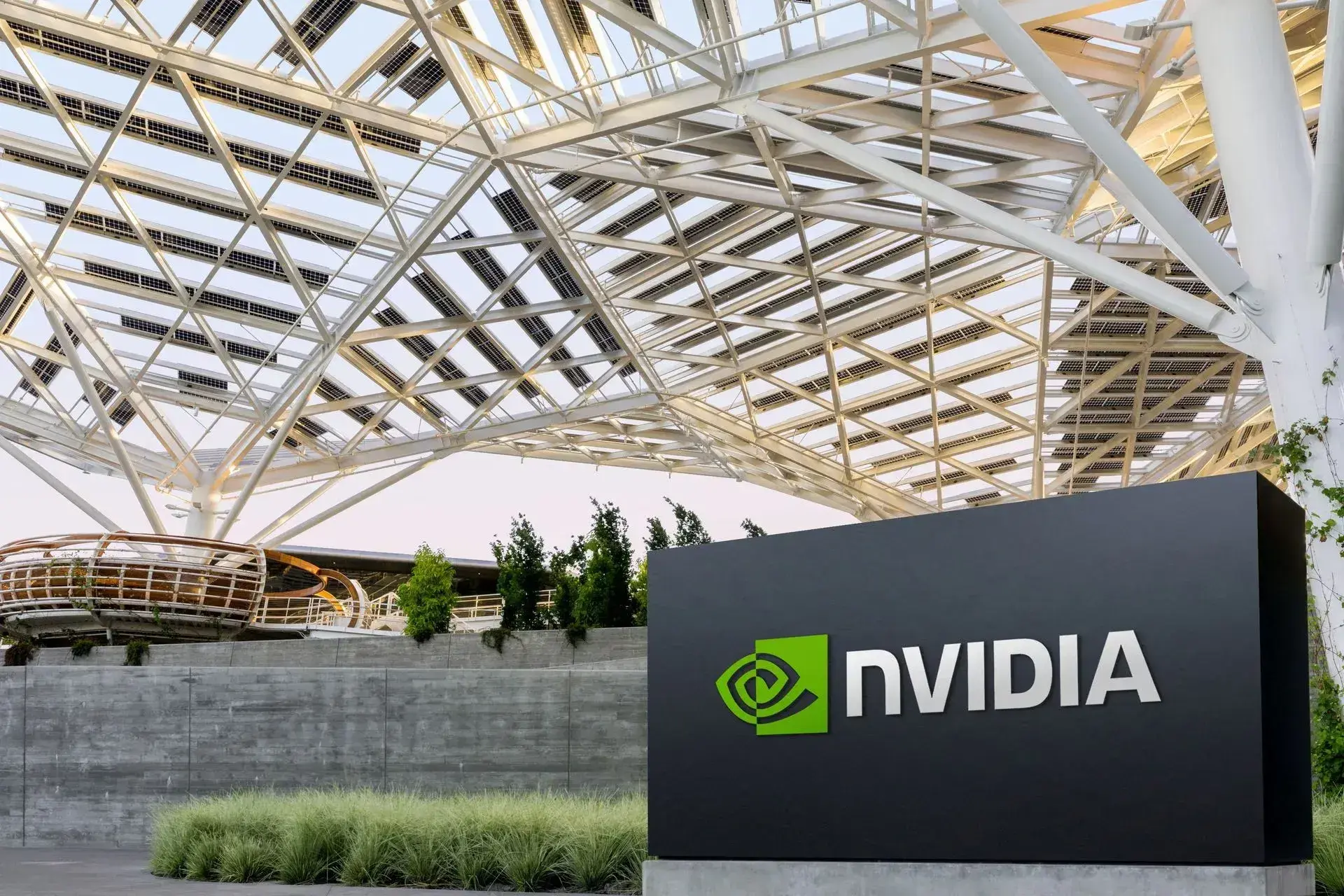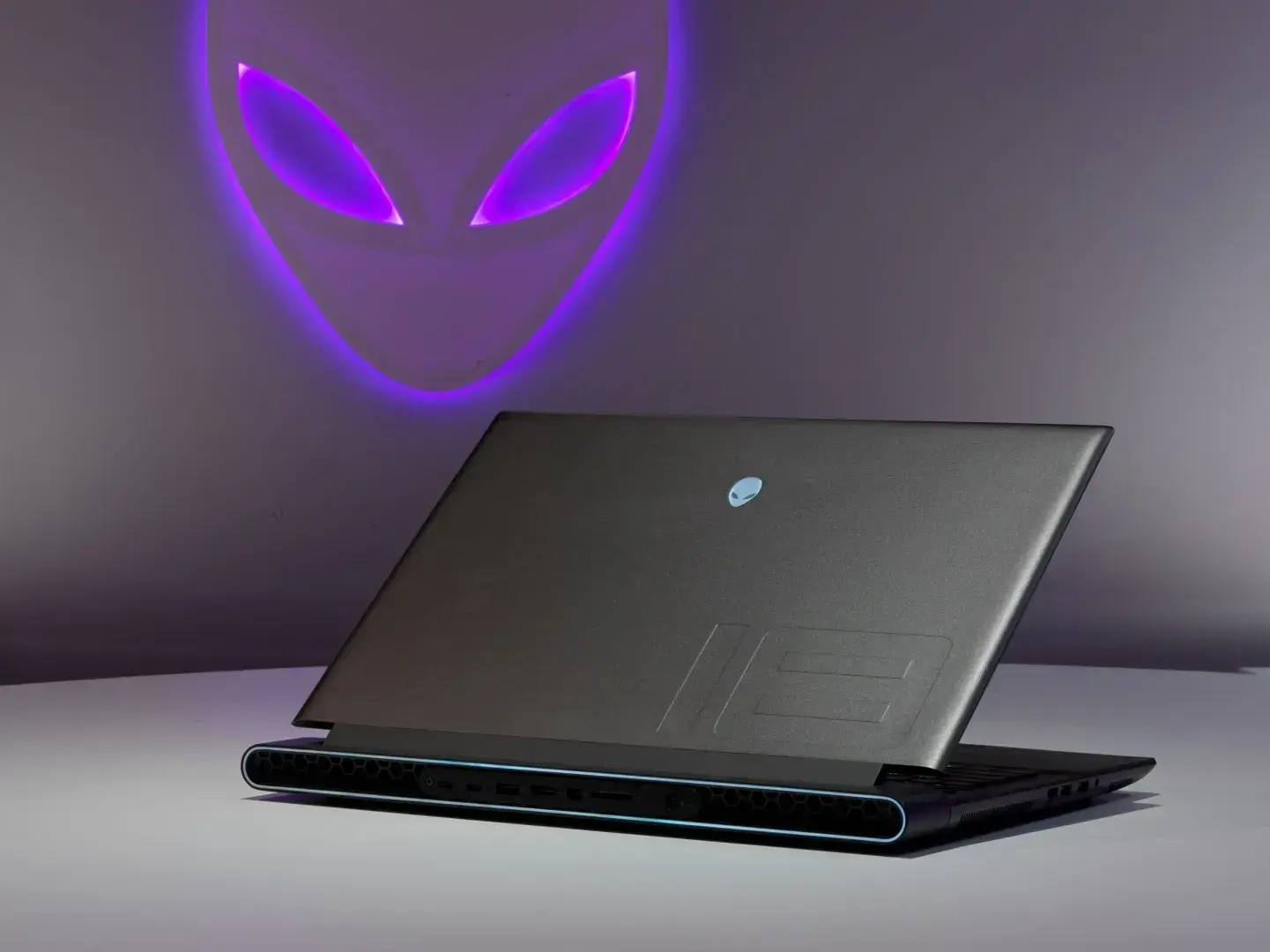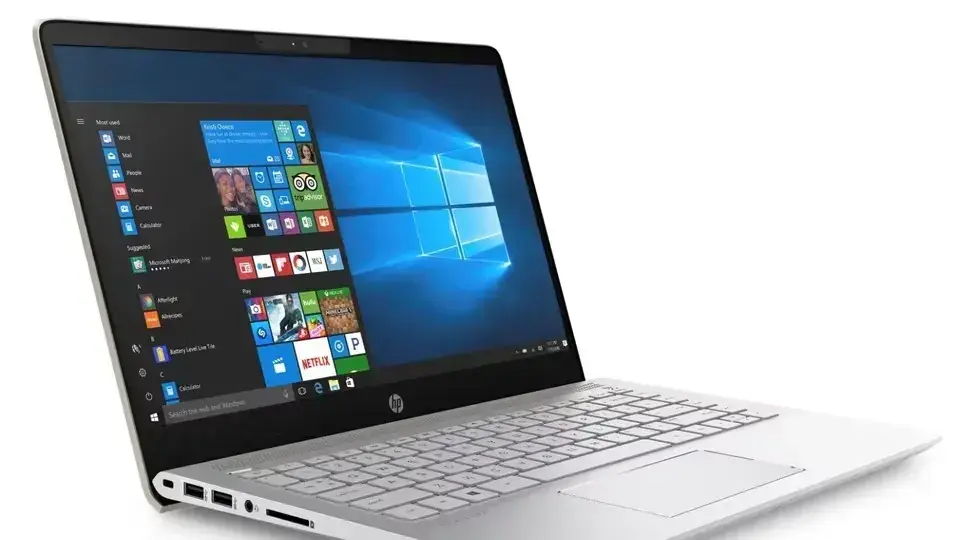While Xiaomi fans are eagerly awaiting the launch of the Xiaomi 14 series smartphones outside of China, the brand has just introduced a new laptop in the global market called the Xiaomi Book 14. Let’s take a closer look at its specifications and features.
Xiaomi Book 14 specs
The Xiaomi Book 14 boasts a 14-inch display with a 2.8K resolution, offering users a high-quality visual experience. The display supports a refresh rate of up to 120 Hz and has a brightness of 300 nits, along with a contrast ratio of 1,500:1. Additionally, it covers 100% of the sRGB color space, making it suitable for tasks that require color accuracy.
When it comes to configuration, there are two options available. The higher-end version features an Intel Core i5-12500H CPU, Intel Iris Xe Graphics, 16 GB of LPDDR5 RAM, and a 512 GB PCIe 4.0 SSD. On the other hand, the alternative version comes with an Intel Core i3-1220P CPU, Intel UHD Graphics, 8 GB of LPDDR5 RAM, and a 256 GB PCIe 4.0 SSD, providing a more budget-friendly choice.
Equipped with a 56 Wh battery, the Xiaomi Book 14 offers nearly 12 hours of battery life. It also offers various connectivity options, including HDMI 2.1, USB-C 3.2 Gen 2, WiFi 6, and Bluetooth 5.2, catering to a wide range of peripheral devices. The laptop comes with Windows 11 Home pre-installed and weighs approximately 1.37 kg.
Availability and pricing
At the moment, there is no information available regarding the availability and pricing of the Xiaomi Book 14. However, since it has already been listed on the global website, we can expect these details to be announced soon.

